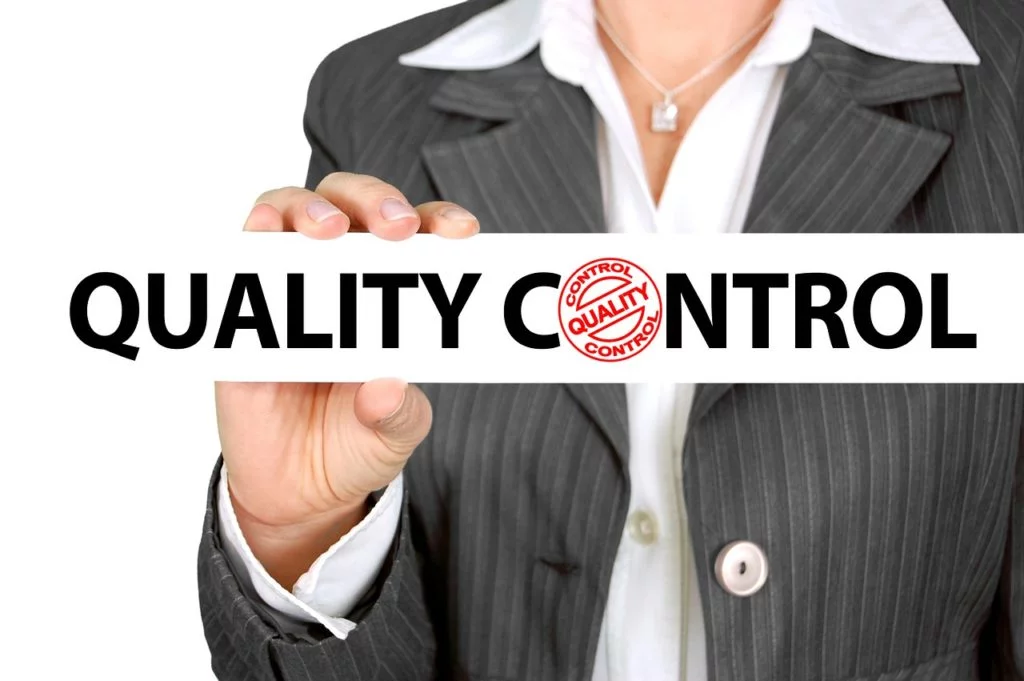There are too many people that fail to understand the importance of continuity when it comes to Search Engine Optimization efforts. As professional and experienced movers’ SEO company, we know just how big of a role quality content plays. And even more important is for companies to maintain quality in content that they use to optimize their website for search engines. However, this is much more difficult than it sounds. Fortunately, there are some interesting ways to maintain quality in content.
8 steps to follow when you are looking to maintain quality

Understand your target audience
Marketers often talk about the importance of knowing who your audience is. Only then will you be able to create content that is truly useful in their eyes. However, this is not something you can do once. Once you understand who your audience is and what they look for, you need to continue monitoring their expectations. Just as trends come and go, so do people respond to those trends, always searching for the most recent and insightful source of information.
Therefore, if your goal is to maintain quality in content, you need to look at the data in front of you. Gather as much information as possible. Use surveys, analyze your competitors, turn to social media – information is everything around you, all you need to do is identify the useful data and use it.
Maintain quality in content by defining your goals
Having content without a purpose is like having furniture without a house to put it in. The content you create needs to have a clear purpose, otherwise, you might as well throw it out the window. So, if your goal is to write for your own enjoyment, you might be better off with a personal blog. However, if your motives are business-related and oriented towards search engines and wider audiences, then you need to define your goals. After all, you are writing to attract potential clients and sell your products or services.
Quality content requires proper delivery and timing
Delivery and timing is the last piece of planning necessary for quality content. How are you going to get this content to the right people? When will you do it to ensure maximum effectiveness? Again, this is an element that can be researched and tested. A-B testing on prior campaigns should provide useful evidence to point towards when the best open rates for emails are for your audience, while the analytics will prove which channels are the most effective. Quality content is only useful if people actually see it.
Size does make all the difference
One of the common pitfalls in content marketing in the past was the size of the content websites provided to people. Past beliefs convinced companies that due to short attention spans, anything over 300 words was a complete waste of time and resources. They were afraid that people would fail to get to the actual call to action at the end of the text. The actual truth is completely different. Quality content should provide as much information as possible, usually going well past 1000 words. This amount of content not only offers value to the people reading it but also to the search engine algorithms that scan it.
And if you are worried about people not getting to the end of the article to see the call to action, then simply put it in several places. If you keep prioritizing CTA visibility over the actual value the text provides, you will have a hard time to maintain quality in content. If you can provide that much content and make it worthwhile, you will have a better chance of good rankings. Of course, quality control over longer pieces is even more essential.
Go beyond the words
When it comes to quality control in content marketing, this applies not only to the writing but also the various media elements that make up any really great and successful piece of content. But infographics, photos, audio, and video clips are only a benefit to your writing if they genuinely add something. Are they original and shareable visual elements that people will want to share? Do they look good, or do they let down the rest of the site? Are the videos really explaining anything you haven’t already explained? In content marketing, never do anything just for the sake of doing it.
Doublecheck spelling & grammar to maintain quality in content
There’s no excuse for bad spelling or grammar in the 21st Century world of content marketing. There are so many tools out there to help you spell check and ensure your grammar is correct, so use them before you click Publish. If the content doesn’t look professional, people won’t treat it as professional insight. And Google will penalize you for having poor trustworthiness. Checking the readability score is also crucial, and any good SEO tool will measure this for you based on the Flesch-Kincaid readability tests.
Structure & formatting in content management
Even if you get the spelling right and the grammar to the letter, you can still be failing to maintain quality in content. Especially if you’re not paying attention to the structure and formatting of your work. As well as using quality images and media content to break up the text, structuring it in a way that makes it easy to read will please your audience and Google. Bullet points, appropriately-coded heading tags, and a structure that allows for skim-reading are all elements that will make your content stand out as quality.
The piece de resistance – your CTA
This final point is so important and so often forgotten. If you are doing content marketing, your content MUST have a call to action that tells your audience what they need to do next after reading it. That needs to be prominent and written in a way that grabs their attention, making it seem like something that they cannot possibly afford to miss out on. If you fail to include an effective CTA, you aren’t doing content marketing; it’s as simple as that.
Ensuring that you are maintaining quality control in content marketing means focusing on every step along the way. Focus on what you are trying to achieve with the content and understanding how you can best make it. This guide should help you keep that focus. However, you also need to set up your own processes and checklists that suit your business needs and your audience’s needs. Only then will you truly be in a position to deliver regular quality content.
To summarize

Whether or not you decide to follow these eight steps to maintain quality in content is up to you. So long as you understand that this is an essential part of the optimization process. There are, of course, other ways to meet this challenge. However, so long as you foster a well-planned and organized approach as you would with any project, things easily fall into place. To round up our storyline, here is another example of how to approach quality maintenance in content:
- Define quality
- Commit to quality
- Stick to project requirements
- Manage quality
- Perform quality assurance
- Control the quality
- Focus on requirements
- Follow project processes
- Document lessons learned
- Take time for a through project de-brief






